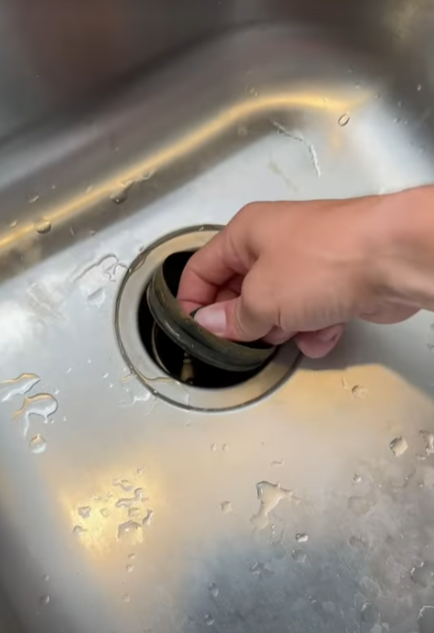The Dos and Don’ts of Garbage Disposal Usage

Navigating the Dos and Don’ts of Garbage Disposal Usage
Garbage disposals, a modern kitchen convenience, can be a double-edged sword. While they make kitchen cleanup easier, improper usage can lead to clogs, damage, and costly repairs. Understanding what should and shouldn’t go down your disposal is key to maintaining its efficiency and longevity.
The Forbidden List: What to Avoid
- Fibrous Foods: Vegetables like celery, onion skins, and corn husks are a no-go. Their fibrous nature can tangle the blades, leading to jams.
- Oils and Fats: Grease, cooking oil, and fats can solidify inside the disposal and pipes, creating stubborn blockages.
- Hard Items: Bones, fruit pits, and hard shells can blunt or break the disposal blades, reducing effectiveness.
- Expandable Foods: Foods like pasta and rice that expand with water can accumulate and clog the drain.
- Non-Food Items: Avoid the temptation to treat your disposal as a trash can. Non-food items can damage the disposal system.
Best Practices for Garbage Disposal Care
- Run Cold Water: Always use cold water when running the disposal, as it solidifies any fats or oils, making them easier to grind and flush away.
- Cut Large Items: Large food items should be cut into smaller pieces before disposal.
- Regular Cleaning: Routine cleaning prevents odor buildup and ensures smooth operation.
- Ice Cube Cleansing: Occasionally grind ice cubes to help clean and sharpen the blades.
Conclusion
Your garbage disposal is a valuable kitchen asset, but it requires mindful usage. By avoiding problematic items and following simple maintenance steps, you can keep your disposal running smoothly and avoid unnecessary plumbing emergencies.
For professional advice or assistance with garbage disposal issues, Copperfield Plumbing Services is just a call away. Reach us at 512-677-6776 or visit our website for more tips and services. Remember, a little care goes a long way in ensuring your garbage disposal’s health and efficiency.